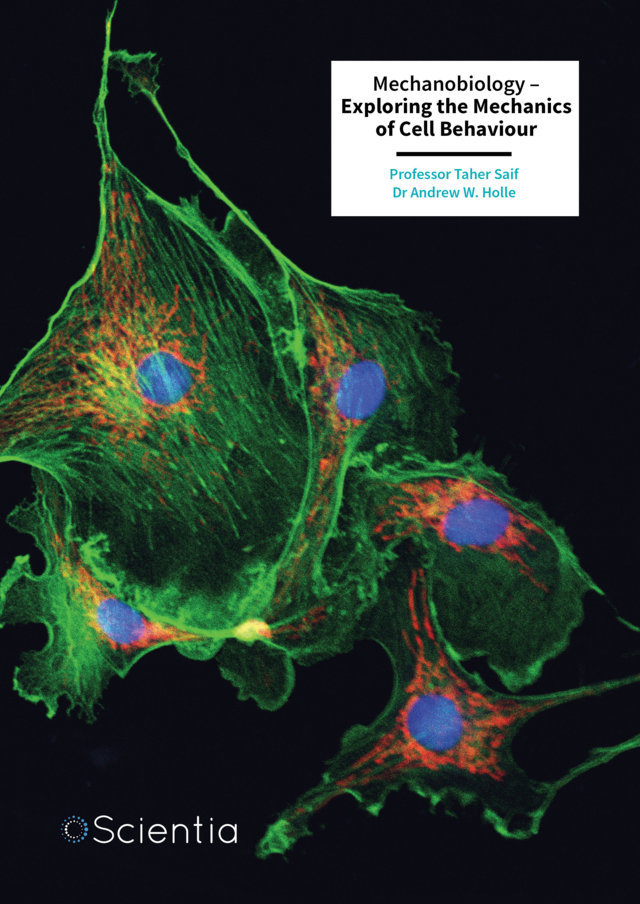The development of safe and effective medicines that meet strict regulatory requirements has traditionally involved extensive experimentation, which can be laborious and costly. Incorporating digital processes, which can be used to produce individual pharmaceutical components, may provide a solution to manufacturing challenges by reducing development time, resource requirements, and costs. The Future Continuous Manufacturing and Advanced Crystallisation Hub, a flagship project at CMAC, at the University of Strathclyde, along with collaborators throughout the UK, has investigated the feasibility of using digital models to reduce costs, time and waste for high quality pharmaceutical production. More
Digital models that can incorporate pre-existing experimental data to accurately predict product quality and functionality are widely used in many manufacturing processes. However, despite the potential resource, time, and cost savings to be made, the pharmaceutical industry has remained largely steadfast in adhering to tried-and-tested methods, often citing the hesitation associated with introducing new technologies into established systems, alongside the risk of compromising final product quality. This is particularly pertinent since the production of medicines is tightly regulated, and attaining a precise product specification is crucial to optimise functionality and ensure patient safety.
Using computer-assisted modelling, new processes can be designed that require minimal additional preparatory experiments to determine the ideal manufacturing conditions. These operational processes can then be used to produce active pharmaceutical ingredients in a more timely, more sustainable and less expensive manner. This has the additional advantage of vastly increasing our understanding of the production process, ensuring that quality is embedded throughout every stage of production and mitigating the risk of a poorly functioning final product.
Despite the considerable progress made in using digital modelling in manufacturing processes during recent years, a gap remains in the use of digital tools that encompass the entire production journey from the initial process design to the clinic-ready pharmaceutical product.
To address this, CMAC collaborated with colleagues throughout the UK to develop digital process models for a series of routine pharmaceutical manufacturing steps, including crystallisation, filtration, washing, and drying. They used small-scale, material-sparing experiments to validate and refine their preliminary models to improve accuracy.
Their aim was to produce high-quality particles of the active ingredient in a widely used anti-inflammatory pain medication administered in tablet form. They also considered the low solubility of their active ingredient in the patient and using a physiologically relevant model of the human gastrointestinal tract, understood that a particle with a smaller surface area would maximise absorption by the human body after ingestion.
Furthermore, they intended to demonstrate that it was entirely possible to tailor these processes and produce target particles of differing sizes while maintaining the quality of the resulting tablets.
First, the team used available published data to identify the most appropriate solvents, processing methods, working temperatures, and analytical monitoring approaches to fulfil their requirements. Additionally, they prepared themselves to tackle known issues that may adversely impact outcomes, such as materials adhering to equipment, resulting in the unwanted accumulation of particulate matter, potential transfer line blockages, or disruption of heat transfer.
Increasingly, the use of potent organic molecules to produce medicines is becoming the norm, resulting in lower production volumes, more complex manufacturing processes and the risk that the material used during development outweighs production volumes.
Here, we are introduced to a streamlined method that incorporates digital design tools with the repurposing of material and data produced in earlier stages. This requires considerably lower volumes of active ingredient during the multi-step model development process compared to those reported in previous research.
Using existing experimental data and material meant that many of the experimental processes used in traditional development approaches were unnecessary and therefore eliminated, saving time, money and other resources.
One of the major objectives of CMAC’s research was to gain an increased understanding of the process itself, as opposed to retrospectively optimising the models using the final product. Indeed, controlling particle size has been identified as one of the most crucial targets in improving bio-availability.
Through innovative exploratory processes, the researchers achieved the impressive feat of designing a model that is transferrable to different particle size targets. This means that no additional experimentation is needed prior to implementing this production method to other particle sizes.
The capacity to identify blockages within equipment transfer lines in multi-stage processes would reduce the need for additional experimental screening and promote continuous processes, thus decreasing time, resource, and cost pressures even further. Refined models that address these issues are needed to ensure consistent quality standards. CMAC’s team has emphasised the importance of fully characterising the materials throughout the process, thus ensuring a high-calibre final product and reducing wastage.
There is an urgent need for more integrated, rapid process development that optimises pharmaceutical production outcomes. However, challenges persist. Notably, impurity impact during manufacturing remains unpredictable, and there are obstacles to overcome in designing processing models that consider and optimise several quality indicators simultaneously.
The pioneering work of CMAC and its collaborators has undoubtedly paved the way for the accelerated advancement of this groundbreaking technology. Faster, cheaper manufacturing protocols are within reach, and the desire to eliminate the need for additional validation processes may soon be a reality.
This will assist in the more cost-effective, more sustainable production of high-quality, optimally performing medicines for the treatment of various human diseases, and may prove invaluable when new pharmaceuticals are required swiftly.







